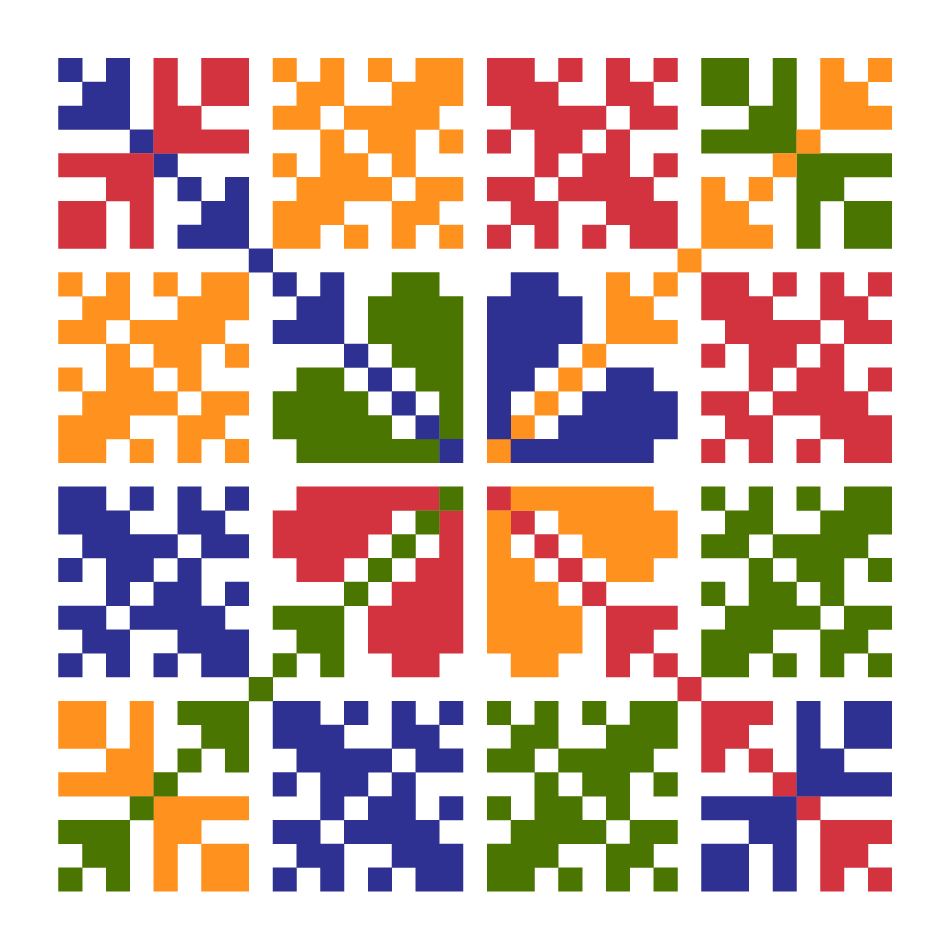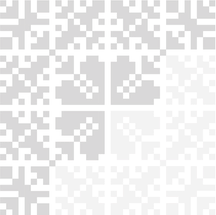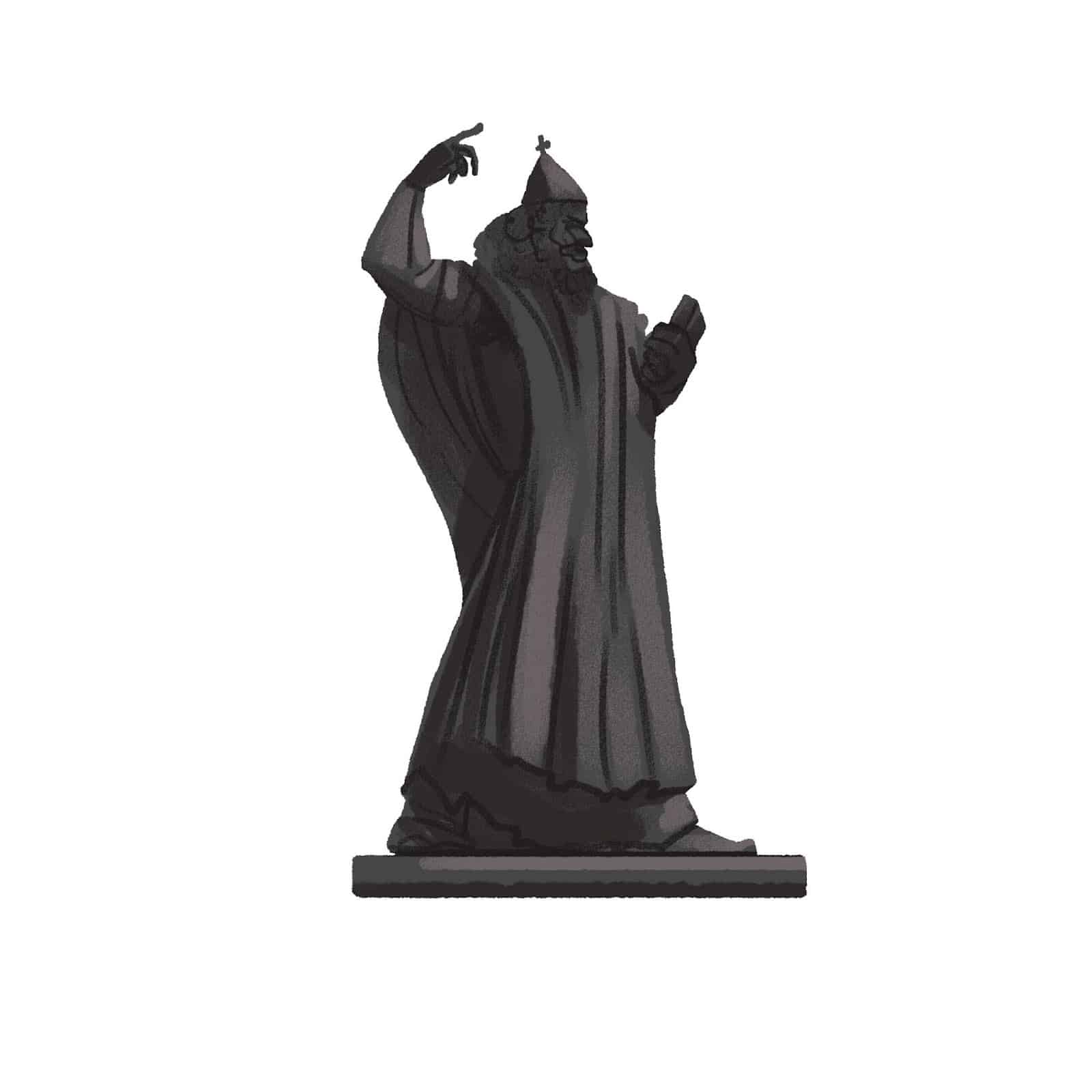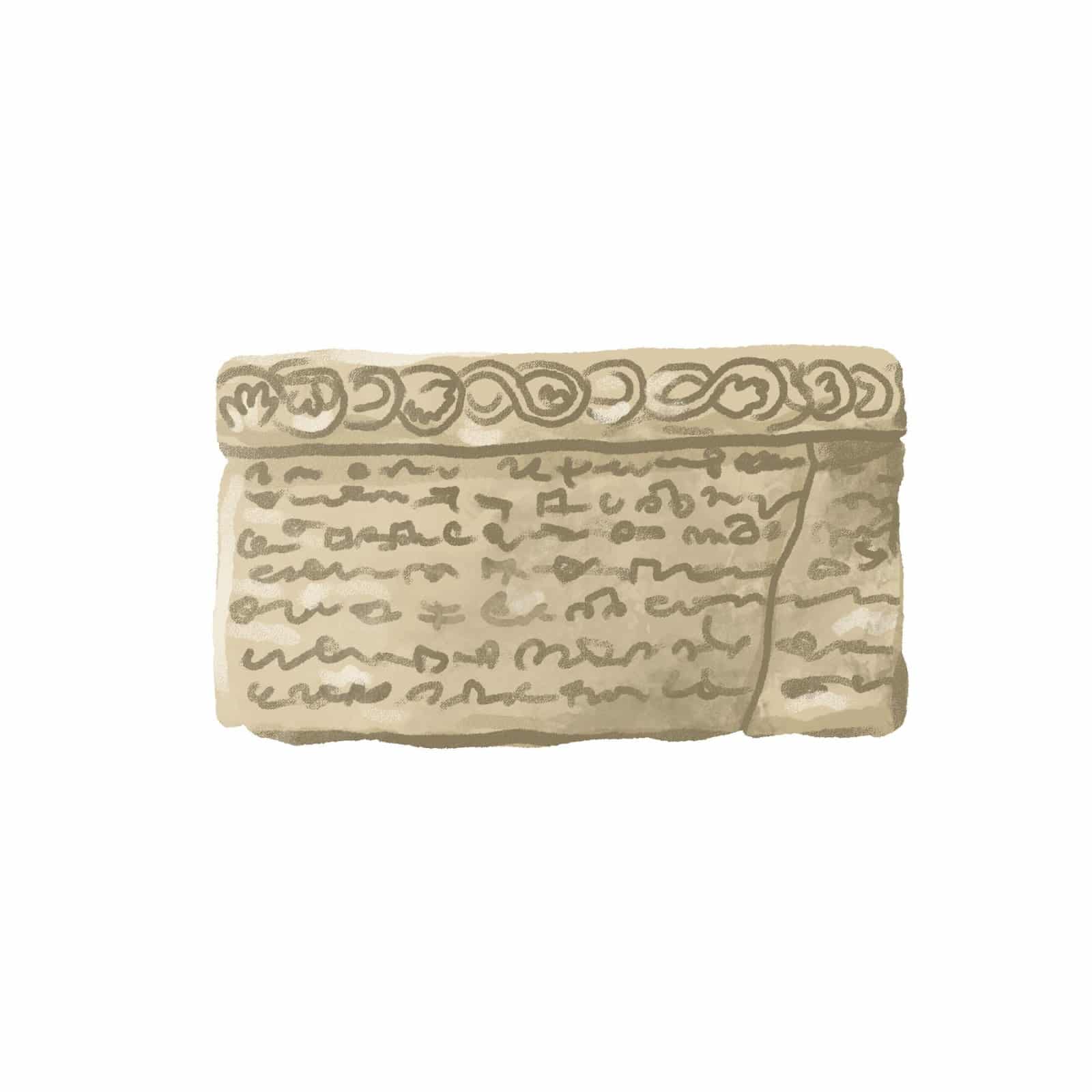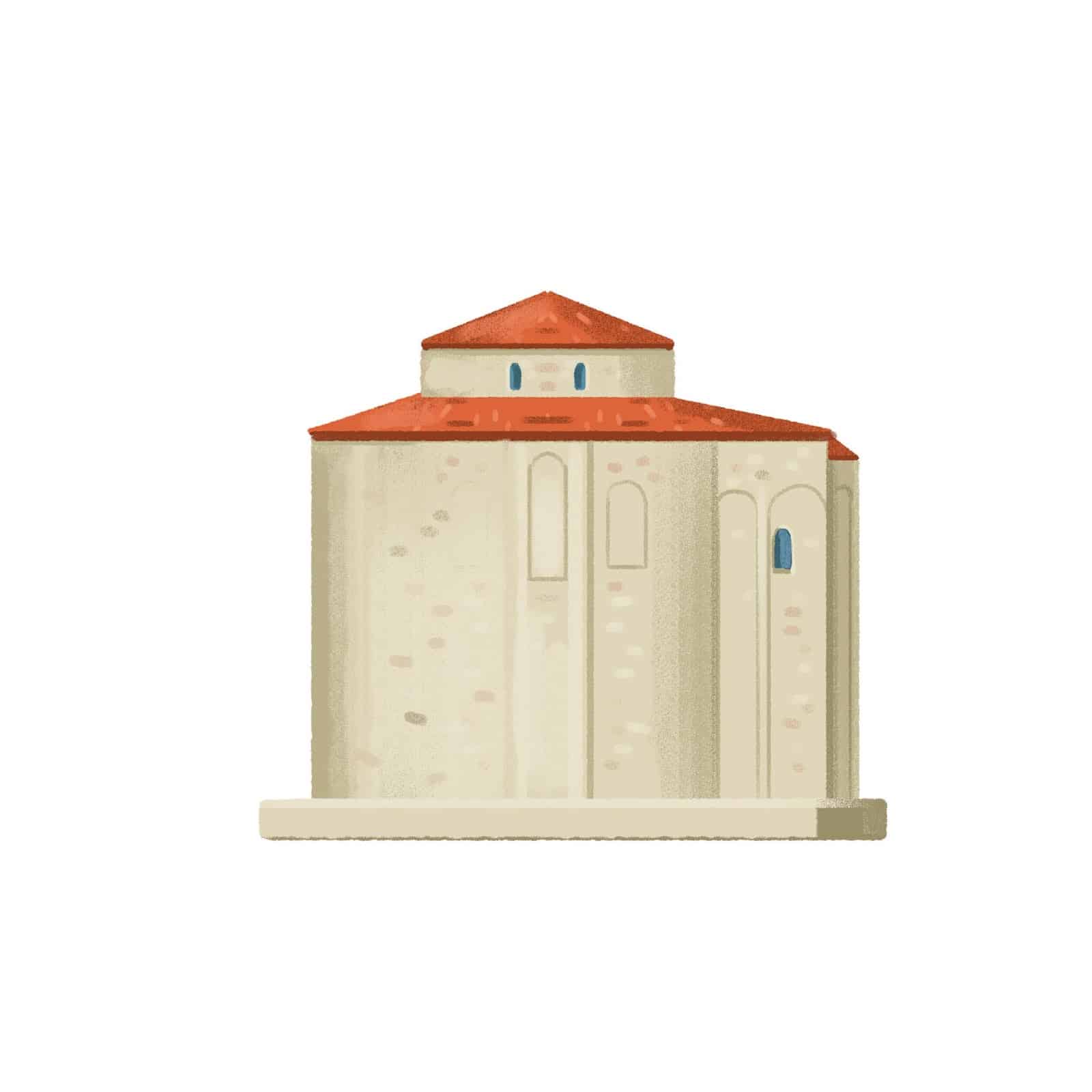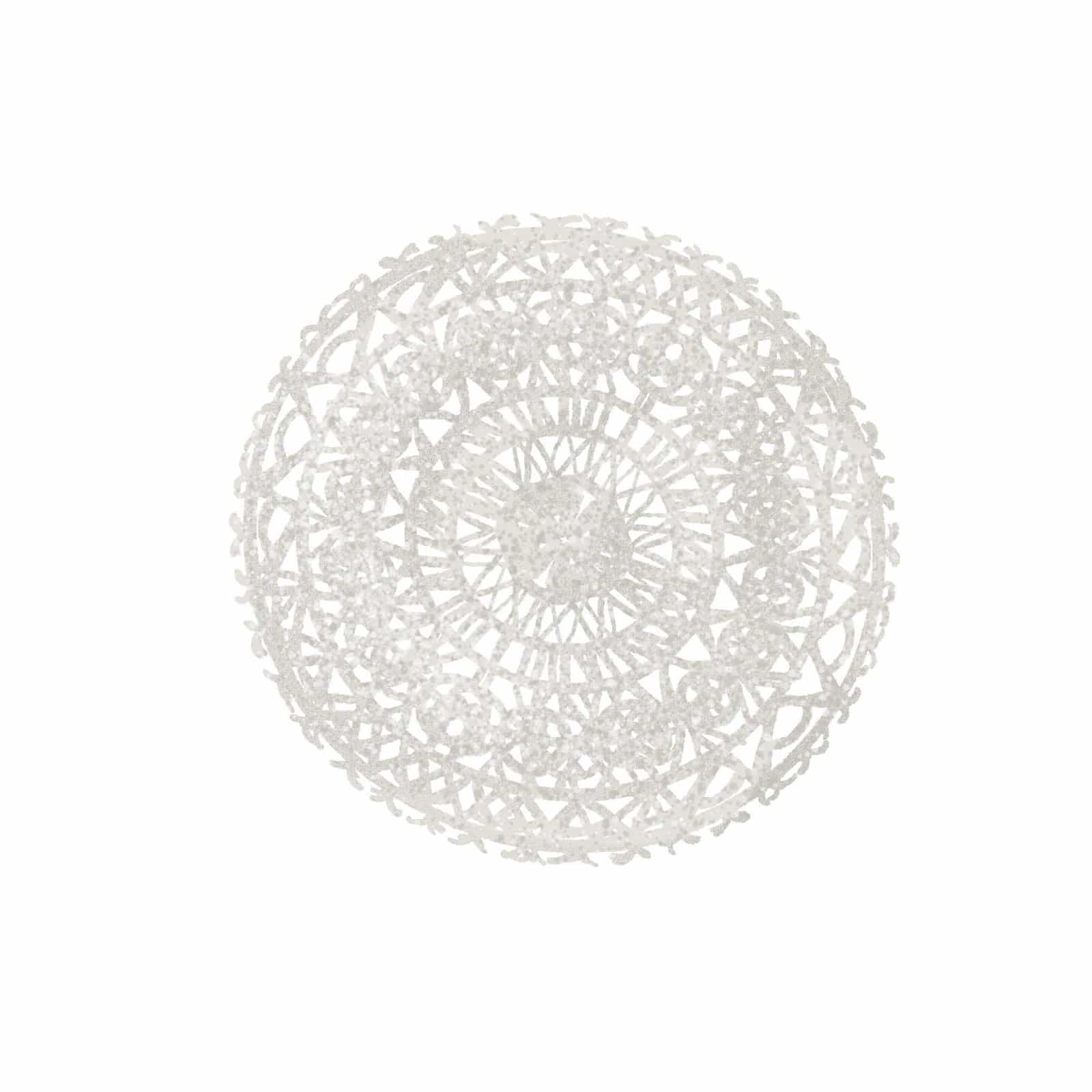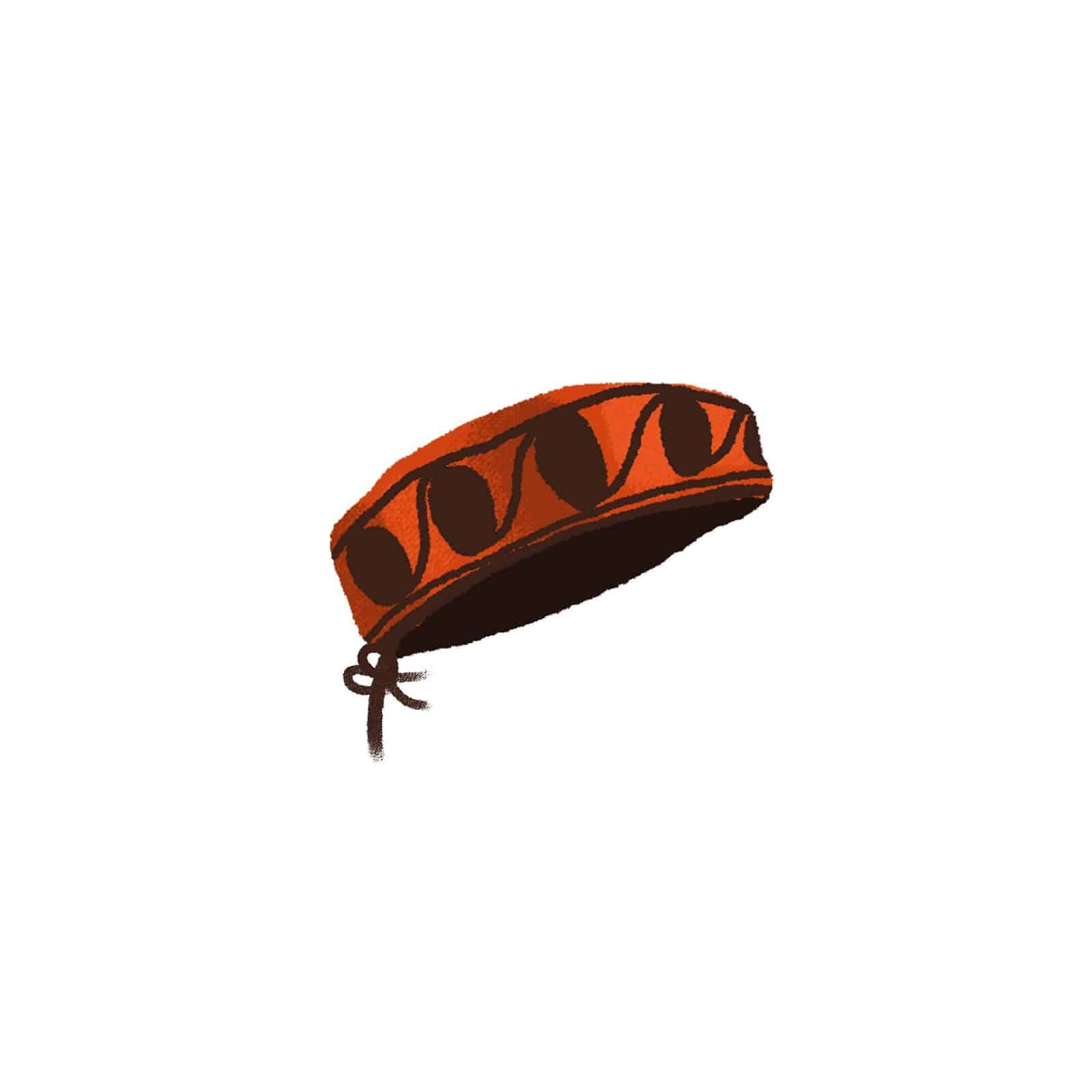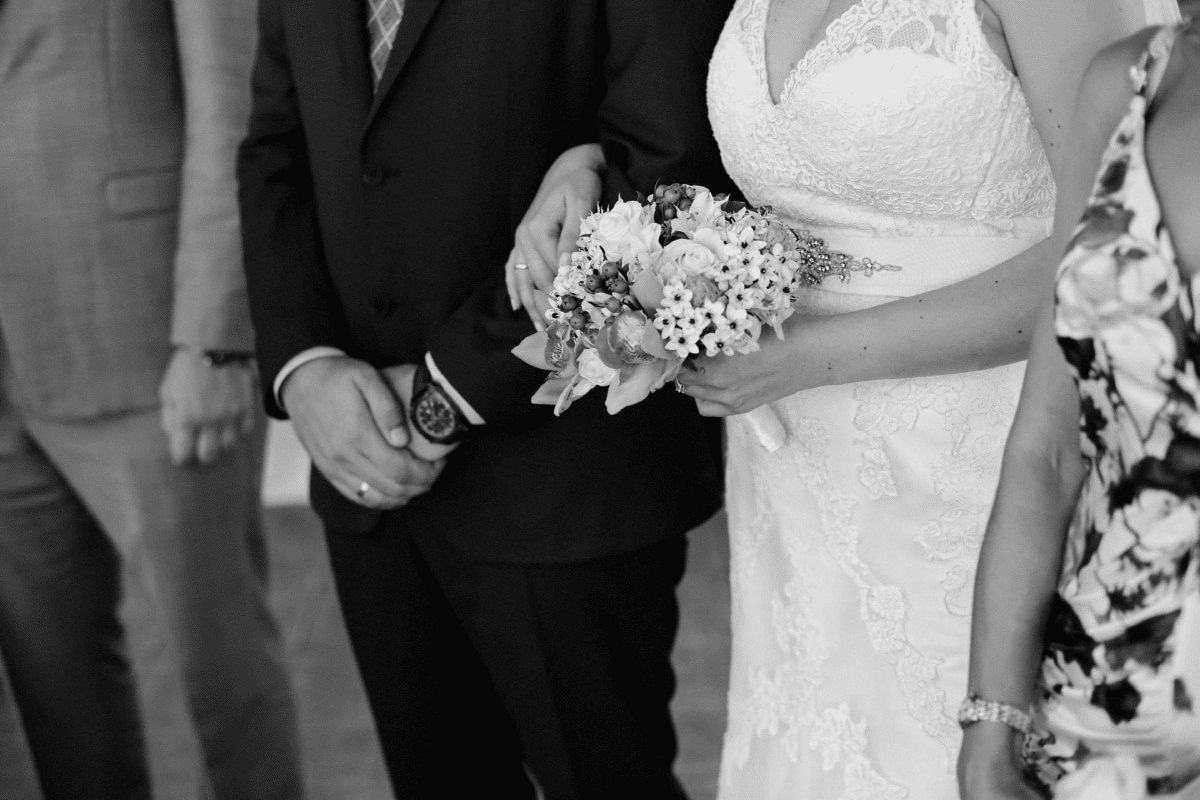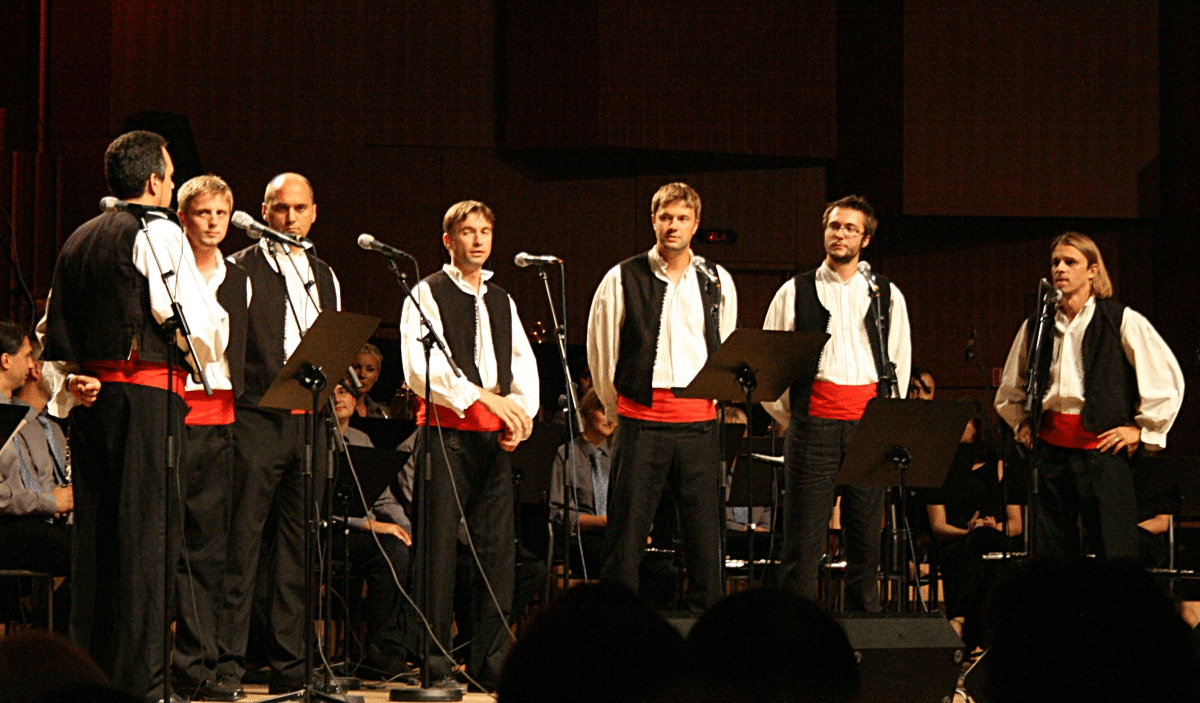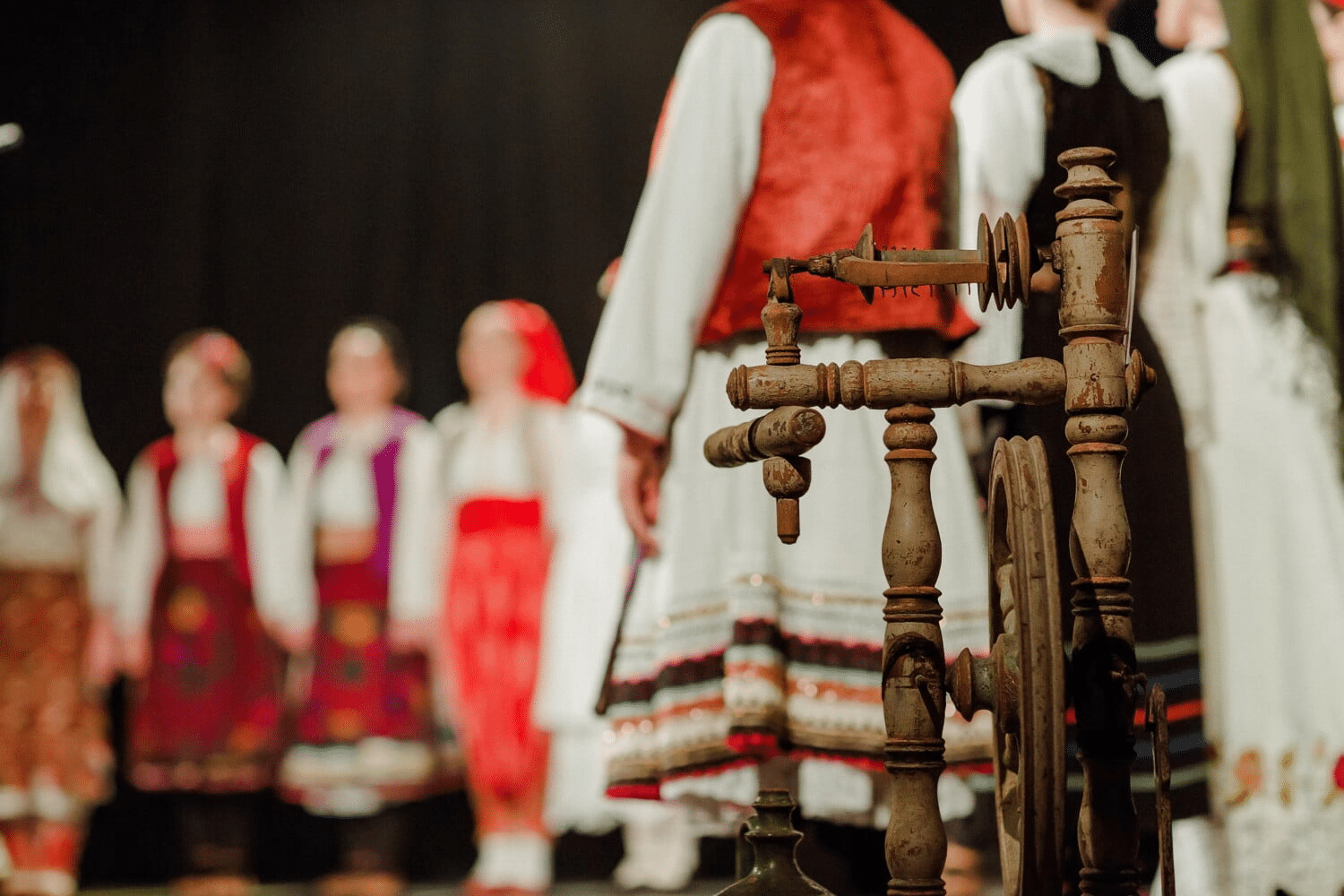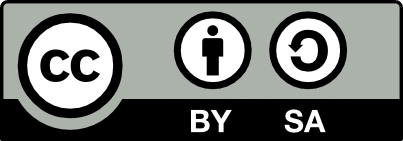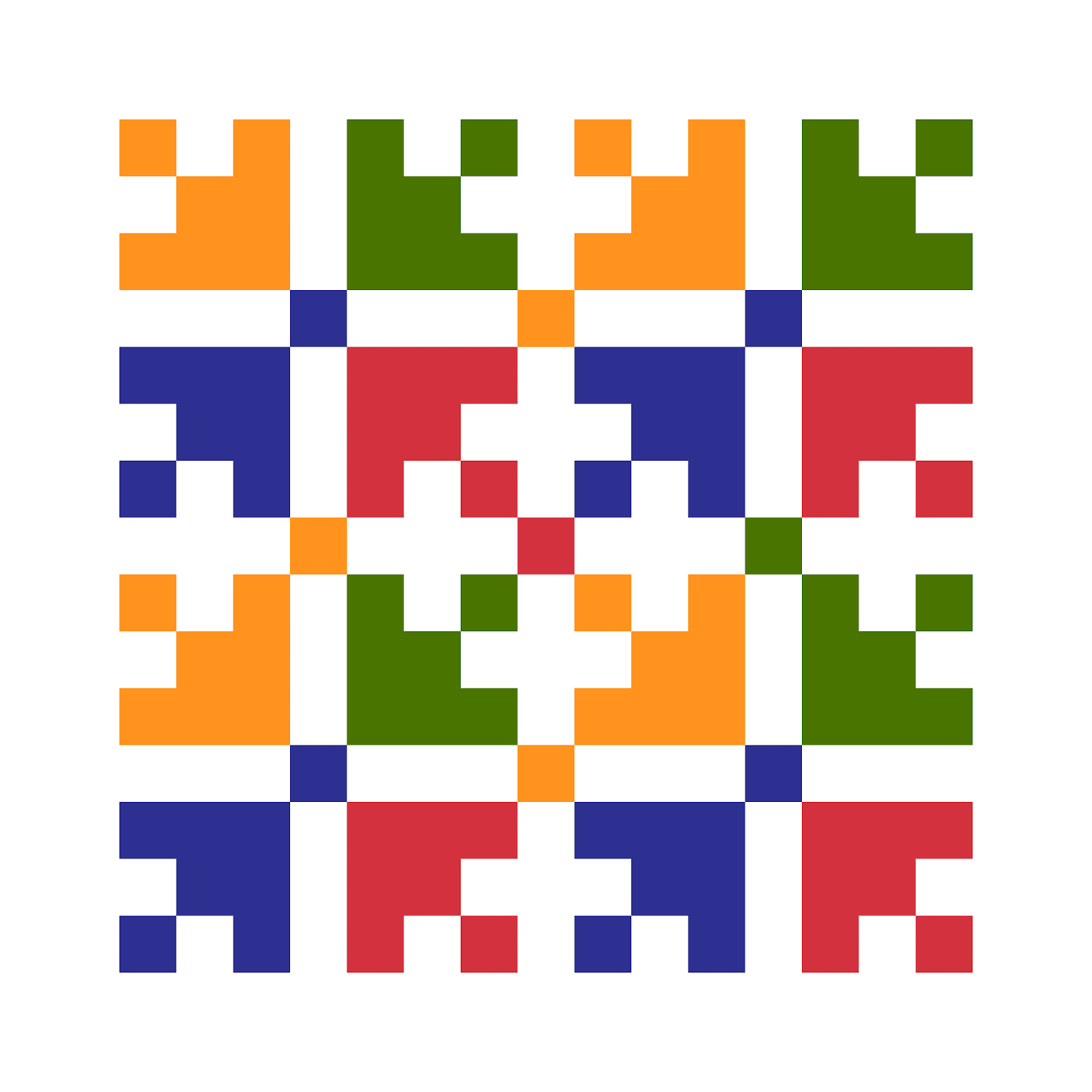C6 M2 L1 Homework
6 | Modul 2: Domaća zadaća
Tko će kome ako ne svoj svome
6 | 2 | Lekcija 1: Mislimo na druge
6.2 Zadatak 1. Red riječi u rečenici
As you know, in Croatian the word order is very flexible. Even though the most common structure is subject verb object, it is possible to mix up the words (mostly) without losing the meaning. Before you complete this assignment, be sure to read about the Dative case in the Grammar section.
Task
Look at the following sentences. Each sentence contains at least one noun or noun phrase in the Dative. Identify the noun phrase in the Dative case and mark it in yellow. Once you’ve identified the Dative case nouns in each sentence, write the function of the other nouns and what cases they are in.
1 | Svake godine mami poklonim knjigu. |
- | |
2 | Tati uvijek sin kupi poklon. |
- | |
3 | Sonja želi kupiti lulu bratu. |
- | |
4 | Sestri često kupim čokoladu. |
- | |
5 | Dalibora ne zna što kupiti prijateljici. |
- | |
6 | Sin uvijek tati kupi poklon. |
- | |
7 | Uvijek salatu pripremam mami. |
- |
6.2 Zadatak 2. Što pokloniti?
Look at the following events. According to your opinion, what would you give (direct object) to whom (indirect object) in each of the following events/situations. Na primjer:
Za Božić ja ću pokloniti bratu karte za koncert. | ||
↓ | ↓ | |
to whom will you give? | what will you give? | |
| za Novu godinu |
↦ |
| za rođendan |
↦ |
| za imendan |
↦ |
| za useljenje |
↦ |
| za Valentinovo |
↦ |
| za godišnjicu braka |
↦ |
6.2 Zadatak 3. Tko kome poklanja?
Think about what kind of presents family members and friends usually give to one another during the holiday season. Then make ten logical sentences in the future tense using one item from each column in the table below. Make sure to use Dative endings for the indirect objects, and Accusative endings for the direct objects. One sentence has been done for you as a model.
TKO? (subject) | GLAGOL (verb) | KOME? (indirect object) | ŠTO? (direct object) |
ja mama tata roditelji brat sestra djed baka prijatelj prijateljica cimer cimerica/cimerka | pokloniti | mama tata roditelji brat sestra djed baka prijatelj prijateljica cimer cimerica/cimerka | parfem knjiga karte za… odjeća šal i rukavice marama vino cvijeće kravata bombonijera ??? |
| Ja ću pokloniti mami zanimljivu knjigu. |
6.2 Zadatak 4. Kultura - razgovor
| In English
Many of the items that you encountered in today’s lesson play an important role in shaping Croatian identity. Thus, it is no surprise that these items are mass-produced as souvenirs.
Replicas
|
| ||
Grgur Ninski | bašćanska ploča | vučedolska golubica | crkva sv. Donat |
Clothing and accessories
| |||
paška čipka | šibenska kapa | šestinski kišobran | kravata |
However, you should not assume that you will encounter these items in everyday life. At times these items appear as part of a dress code, but only on special occasions. Let’s investigate some of the situations when you can encounter people wearing some of these items:
Performances – KUD Lado |
Most recently, these items also started to reappear in clothing as part of designers’ attempt to preserve national identity. It’s mostly present in the haute couture industry. As an example, see Etnobutik Mara.
| Questions
How do you interpret Croatian identity based on the above categories/items? |
→ |
Can you compare how Croatian identity is developed in comparison to national/cultural identity in your country? |
→ |
Are there any specific items from your country that people can/should buy as souvenirs (other than magnets, key chains, pictures, or statues)? |
→ |
Images used above are from these sources.
